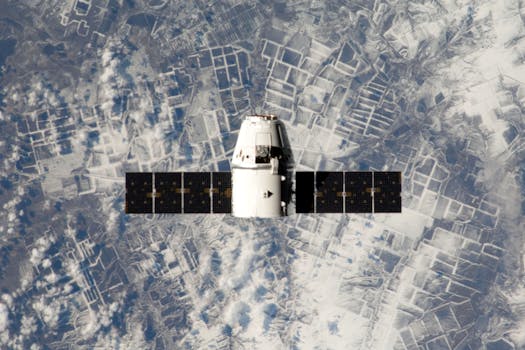
The Future of Satellites: Revolutionizing Global Connectivity
The future of satellites is poised to revolutionize global connectivity, enabling faster and more reliable communication networks, and transforming industries such as telecommunications, navigation, and remote sensing. With advancements in space technology and the increasing demand for global connectivity, the satellite industry is expected to play a vital role in shaping the future of communication and navigation.
Introduction to Satellites
Satellites have been a crucial part of modern communication and navigation systems for decades. They enable global connectivity, providing a means of communication between different parts of the world, and facilitating navigation and remote sensing applications. The first satellite, Sputnik 1, was launched in 1957, and since then, thousands of satellites have been launched into space, with many more planned for the future.
Advancements in Satellite Technology
Recent advancements in satellite technology have enabled the development of smaller, more efficient, and more cost-effective satellites. The use of advanced materials and manufacturing techniques has reduced the size and weight of satellites, making them easier and less expensive to launch. Additionally, the development of new propulsion systems and power sources has increased the lifespan and capabilities of satellites, enabling them to operate for longer periods and provide more advanced services.
The use of satellite constellations, which involve launching multiple satellites into orbit at the same time, has also become more popular. This approach enables the provision of global coverage and facilitates the creation of complex communication networks. Companies such as OneWeb and SpaceX are already working on launching satellite constellations to provide global internet connectivity and other services.
Applications of Satellites
Satellites have a wide range of applications, including telecommunications, navigation, remote sensing, and weather forecasting. They enable global communication networks, providing connectivity to remote and underserved areas, and facilitating international trade and commerce. Satellites also play a critical role in navigation, providing location information and timing signals that enable GPS and other navigation systems to function.
Remote sensing applications, such as Earth observation and environmental monitoring, also rely heavily on satellites. They provide valuable data and imagery that help us understand and manage our planet’s resources, track climate change, and predict natural disasters. Weather forecasting is another important application of satellites, as they provide critical data and imagery that help us predict weather patterns and warn us of severe weather events.
Future of Satellites
The future of satellites is expected to be shaped by advancements in technology, increasing demand for global connectivity, and the growing need for sustainable and environmentally friendly space activities. The development of new satellite technologies, such as quantum satellites and satellite-based solar power systems, is expected to play a critical role in shaping the future of the industry.
The use of satellites in emerging industries, such as space tourism and space mining, is also expected to increase. As space agencies and private companies continue to explore and develop space, satellites will play a vital role in providing communication and navigation services, as well as facilitating the extraction of resources from space.


